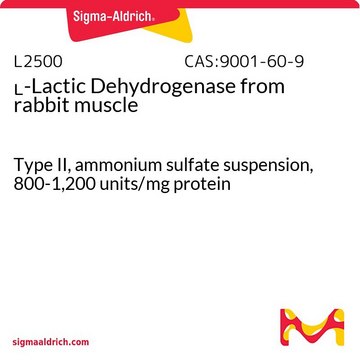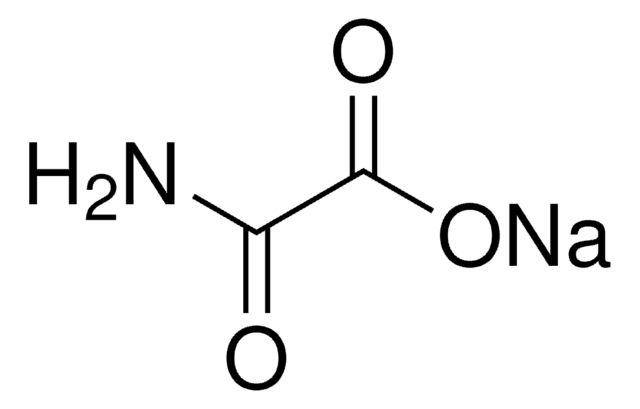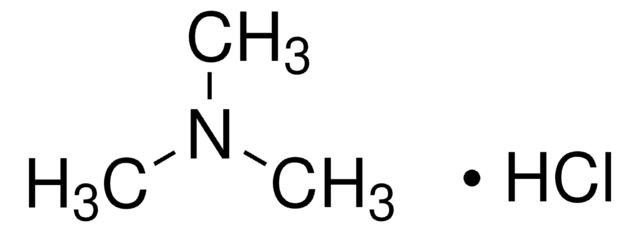M0505
Methylamine hydrochloride
≥98%
Sinonimo/i:
Methanaminium chloride, Methylamine monohydrochloride, Methylammonium chloride, Monomethylammonium chloride
About This Item
Prodotti consigliati
Livello qualitativo
Saggio
≥98%
Stato
powder or crystals
P. ebollizione
225-230 °C/15 mmHg (lit.)
Punto di fusione
231-233 °C (lit.)
Solubilità
H2O: 1 g in 10 mL, clear, colorless
Stringa SMILE
Cl[H].CN
InChI
1S/CH5N.ClH/c1-2;/h2H2,1H3;1H
NQMRYBIKMRVZLB-UHFFFAOYSA-N
Cerchi prodotti simili? Visita Guida al confronto tra prodotti
Descrizione generale
Applicazioni
- Betahistine via aza-Michael reaction with 2-vinylpyridine in water.
- Azatripyrrolic and azatetrapyrrolic macrocycles by reacting with pyrrole and formaldehyde via base-catalyzed Mannich reaction.
- Tetrahydropyridines via Aza-Diels–Alder reaction with dienes and aldehydes.
- N-methylsecondary arylamines from aryl chlorides via nickel-catalyzed amination reaction.
Prodotti correlati
Avvertenze
Warning
Indicazioni di pericolo
Consigli di prudenza
Classi di pericolo
Acute Tox. 4 Oral
Codice della classe di stoccaggio
11 - Combustible Solids
Classe di pericolosità dell'acqua (WGK)
WGK 1
Punto d’infiammabilità (°F)
408.7 °F - closed cup
Punto d’infiammabilità (°C)
209.3 °C - closed cup
Dispositivi di protezione individuale
dust mask type N95 (US), Eyeshields, Gloves
Scegli una delle versioni più recenti:
Possiedi già questo prodotto?
I documenti relativi ai prodotti acquistati recentemente sono disponibili nell’Archivio dei documenti.
I clienti hanno visto anche
Il team dei nostri ricercatori vanta grande esperienza in tutte le aree della ricerca quali Life Science, scienza dei materiali, sintesi chimica, cromatografia, discipline analitiche, ecc..
Contatta l'Assistenza Tecnica.







